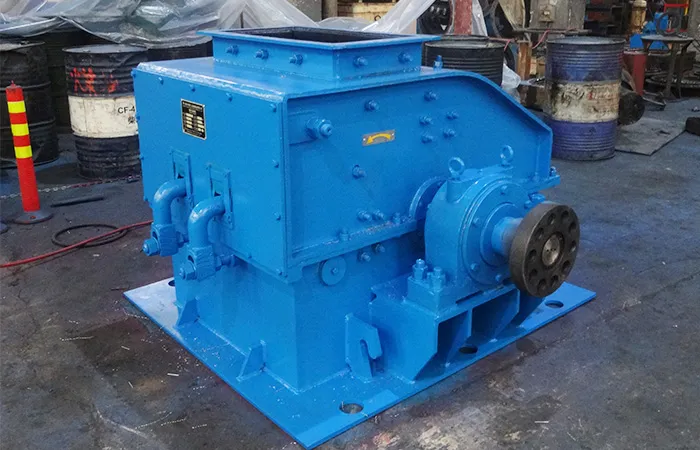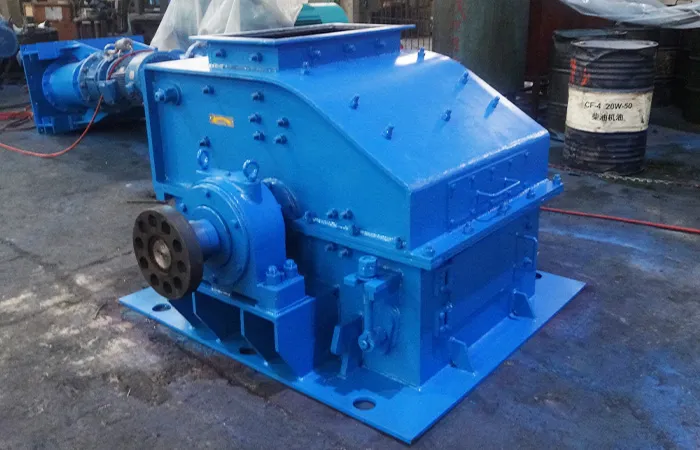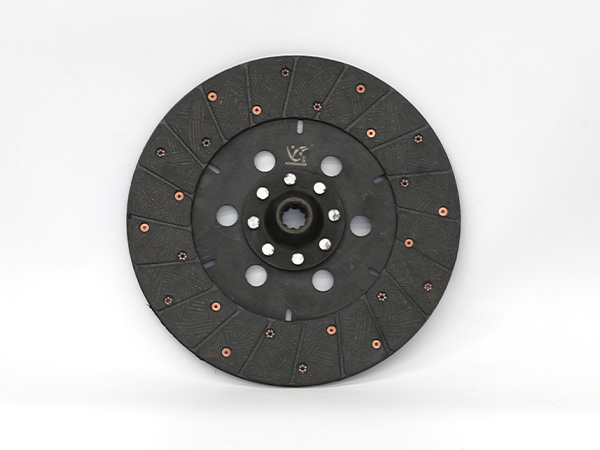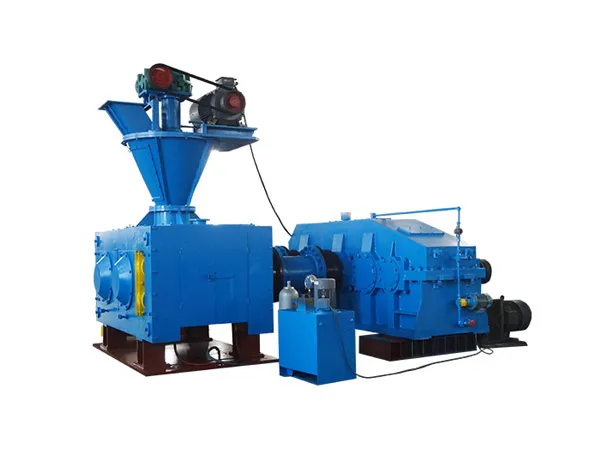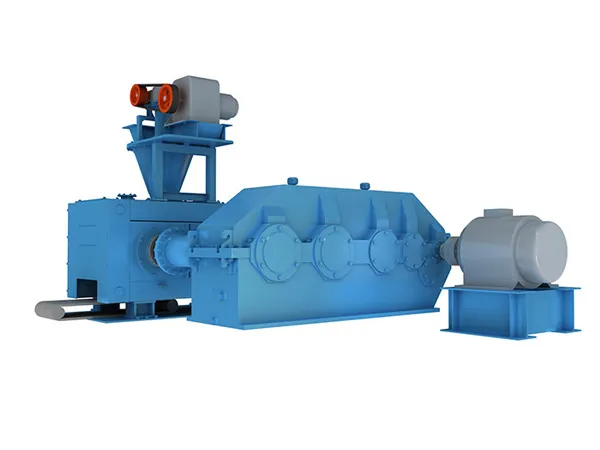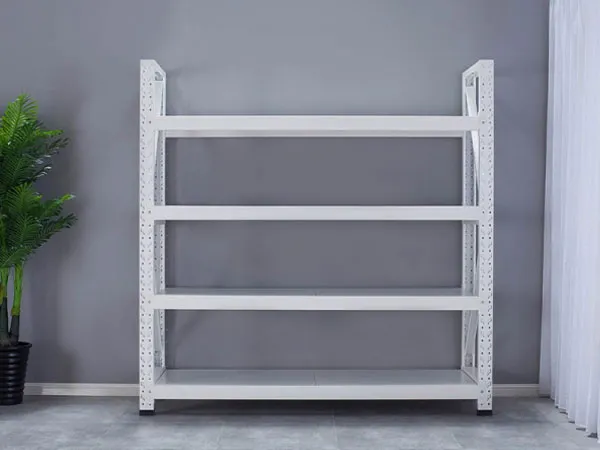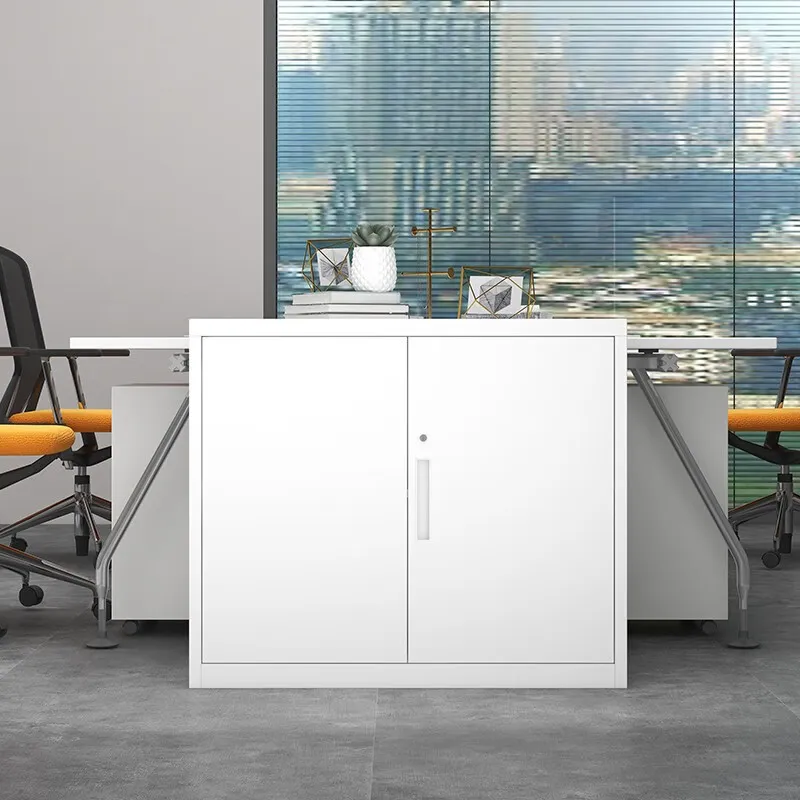El precio de un trituradora compuesta, Como muchas otras maquinaria y equipos industriales, puede estar influida por varios factores. Estos factores pueden variar según el fabricante específico, condiciones de mercado, y las características de la trituradora en sí.
Factores que afectan el precio de la trituradora compuesta
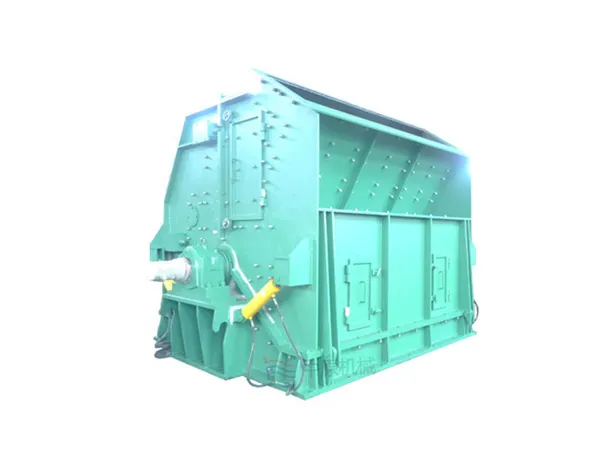
Fabricante y Marca
Diferentes fabricantes pueden fijar el precio de sus trituradores compuestos de manera diferente en función de su reputación, calidad, y posicionamiento del mercado. Las marcas establecidas y de buena reputación pueden cobrar precios más altos por sus productos.
Modelo de trituradora y capacidad
El tamaño y la capacidad de la trituradora compuesta pueden afectar significativamente su precio. Los modelos más grandes y más potentes que pueden procesar más material a la vez suelen ser más caros..
Materiales y calidad de construcción
La calidad de los materiales utilizados en la construcción de la trituradora, como el tipo de acero para el marco y los componentes, puede afectar el precio. Los materiales de mayor calidad a menudo resultan en una trituradora más duradera y costosa.
Diseño y tecnología
Trituradoras con características avanzadas, diseño innovador, y la última tecnología puede tener un costo más alto. Estas características pueden mejorar la eficiencia, Reducir los requisitos de mantenimiento, y mejorar el rendimiento general.
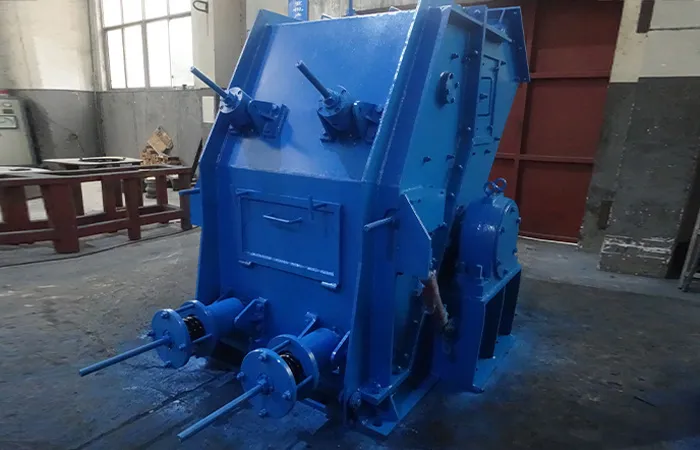
Producción y costos laborales
El costo de la fabricación, incluido el trabajo, máquina de hacer briquetas de carbón, y gastos de la instalación, puede afectar el precio final de la trituradora. Factores como la ubicación y la eficiencia de producción pueden influir en estos costos.
…
Para obtener información más detallada sobre los factores que afectan el precio de las trituradoras compuestas, por favor haga clic aquí: https://www.zymining.com/en/a/news/factors-affecting-the-price-of-compound-crusher.html

